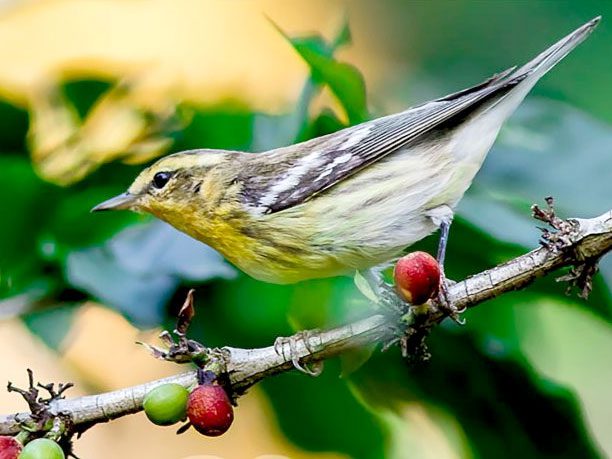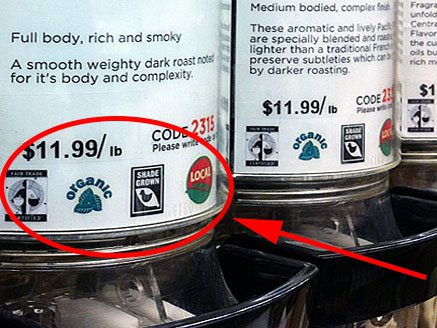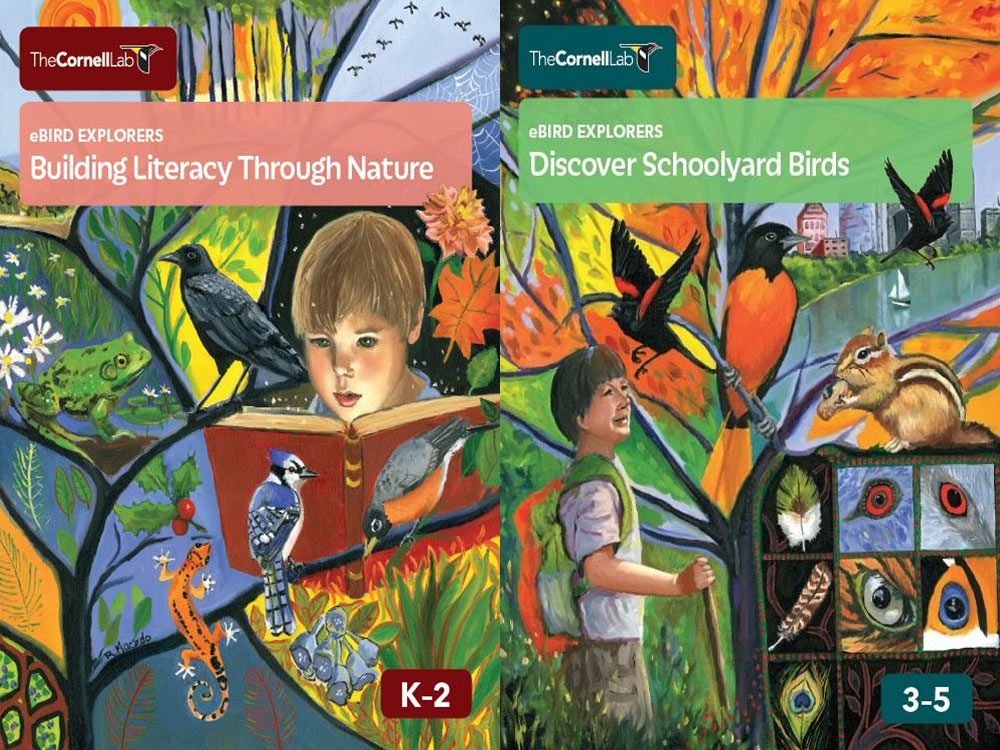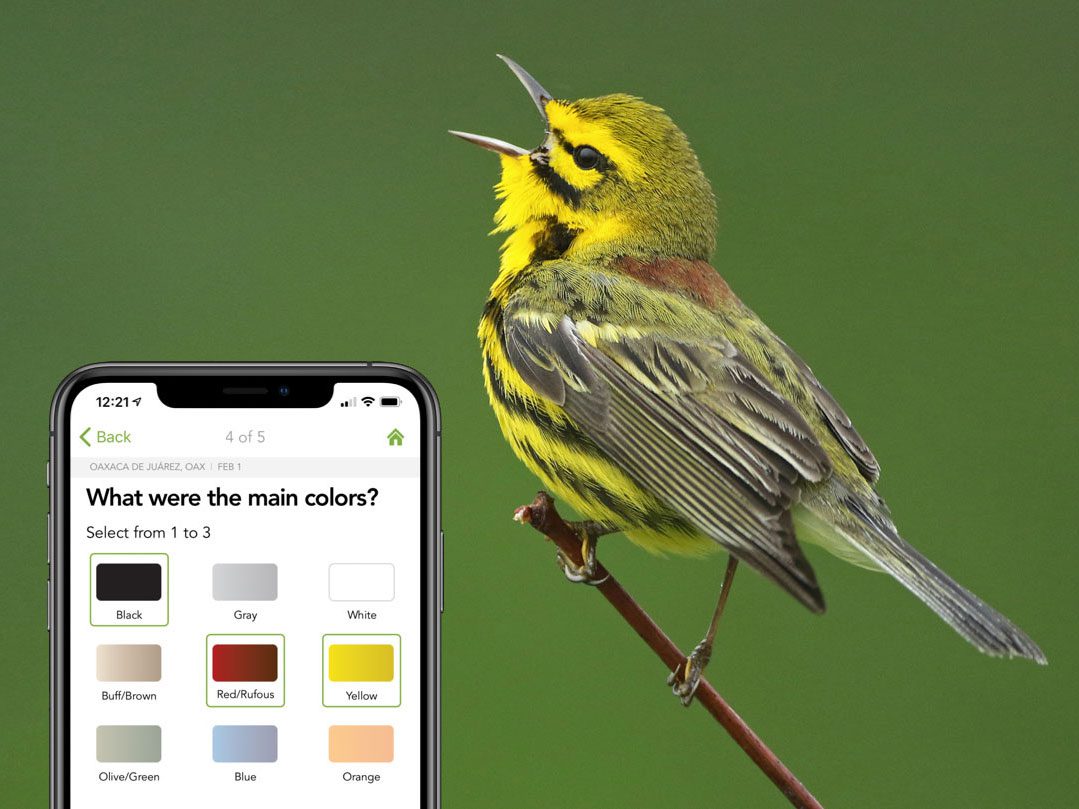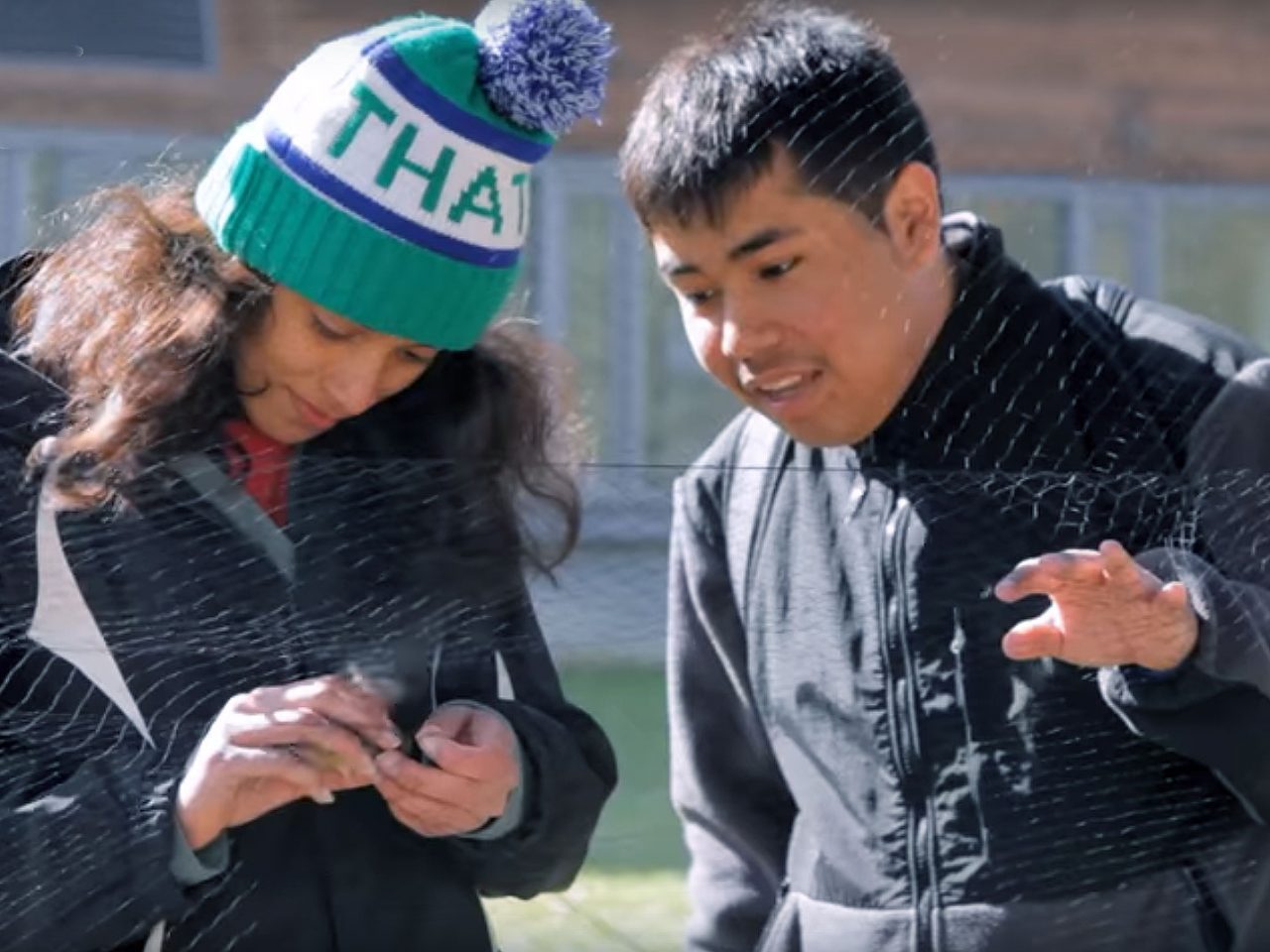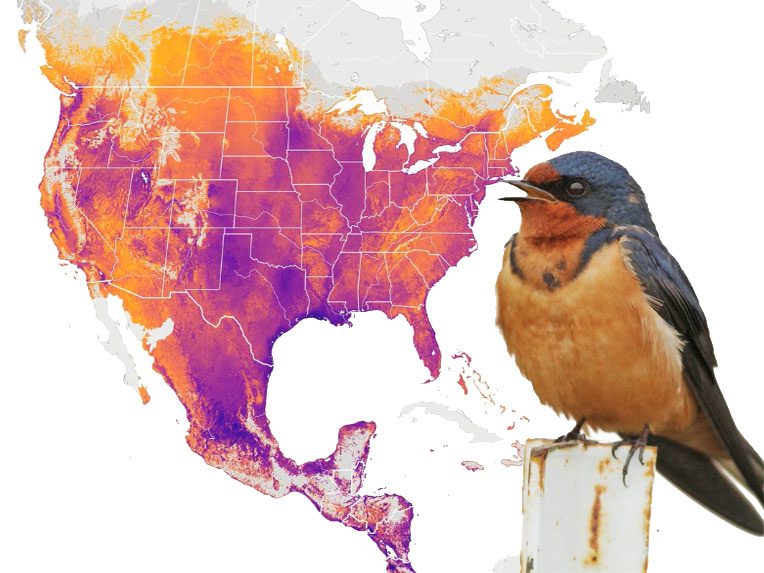How Can a Great Cup of Coffee Support Birds, Farmers, and Local Communities?
NICK BAYLY, SELVA: Coffee has an extremely important role in the landscape. Socially, it’s one of the most important crops in a large swathe of the Andes of Colombia, and it is utilized by a large number of bird species.
AMANDA RODEWALD, CORNELL LAB OF ORNITHOLOGY: Migratory birds present a conservation challenge. We’ve often thought of them as, sort of, our birds, right? We see them in the breeding season, when they’re nesting and raising their young, but in fact they spend most of the rest of the year somewhere else.
BAYLY: We can do all the conservation work we want, but if we don’t protect sites of migration as well, the populations aren’t going to recover and they’ll carry on declining as we’ve seen. One of the main focuses today, is on full life cycle biology. Trying to understand what migratory birds need at all the different stages of their life cycle.
RODEWALD: They’re breeding up in North America, they’re wintering down here, their populations are connected. You can’t take care of and really be sure that we’re meeting the needs of a species without, thinking about, all of the places it is across the year.
BAYLY: They need energy to migrate and they lay down this energy in the form of fat deposits. So, they need to find these high-quality habitats, because you can’t lay down large fat deposits if you’re in a poor habitat.
BAYLY: We’re going to use mist netting in order to catch the birds, look at their actual physical condition, see whether they’re accumulating these fat reserves.
RODEWALD: We know it’s good to see birds using a particular habitat or location, but we can’t really say that it’s suitable for them unless we know that they’re gaining weight and surviving. So, practices that farmers are using, on the land, can have profound impacts on the populations.
BAYLY: The ideal coffee landscape is not only the coffee plantations but that we’re going to have natural elements, areas of forest, mixed within that landscape.
RODEWALD: The shade coffee plantations can provide really good foraging habitat for migratory and resident birds when they have these trees, because there are a lot of insects in the trees, and fruits, and nectar sources. Unfortunately, much of the shade coffee has been converted to sun coffee where the trees are removed. When we lose those trees, we’re loosing the services that trees provide. Preventing erosion and landslides, protecting water, adding nutrients to the farm, storing carbon, and of course, we’re also loosing the habitat for birds and for other species.
BAYLY: If we don’t have natural habitat within the coffee landscape, we don’t have these bird species.
RODEWALD: This morning is a great example, because we were out here in a farm where there are overstory trees. There are shrubs. There are also other crops that people are eating and that rich mix, along with some overstory trees provided habitat for a large number of migrants.
RODEWALD: We heard Tennessee Warblers and Blackburnian, and Summer Tanagers, Black-and-white Warbler, all of these different species were here. And the more we can try to provide incentives to farmers by supporting those kinds of practices, we’re both contributing to bird conservation, but also to supporting families and communities.
End of Transcript
Have you ever wondered where beautiful songsters such as orioles, tanagers, and warblers go when they head south for the winter? Watch the video to join scientists Amanda Rodewald from the Cornell Lab of Ornithology and Nick Bayly of Selva for a morning of studying birds on a Colombian shade-grown coffee farm.
Coffee is one of the most important crops in the Andes of Colombia—and when grown under a canopy of trees, it supports abundant birds attracted to the insects, nectar, and fruit that trees provide. Unlike on sun-grown coffee farms where trees have been cut down, the trees of shade-grown farms help prevent erosion and landslides, improve water quality, contribute nutrients to the soil—and support birds so they can survive the winter and make their long return north each year.
Your support helps our scientists document the benefits of farming practices for birds and for people—paving the way for more communities to help create a more sustainable world.
More Stories
 Coastal SolutionsRevitalizing the Pacific Flyway
Coastal SolutionsRevitalizing the Pacific Flyway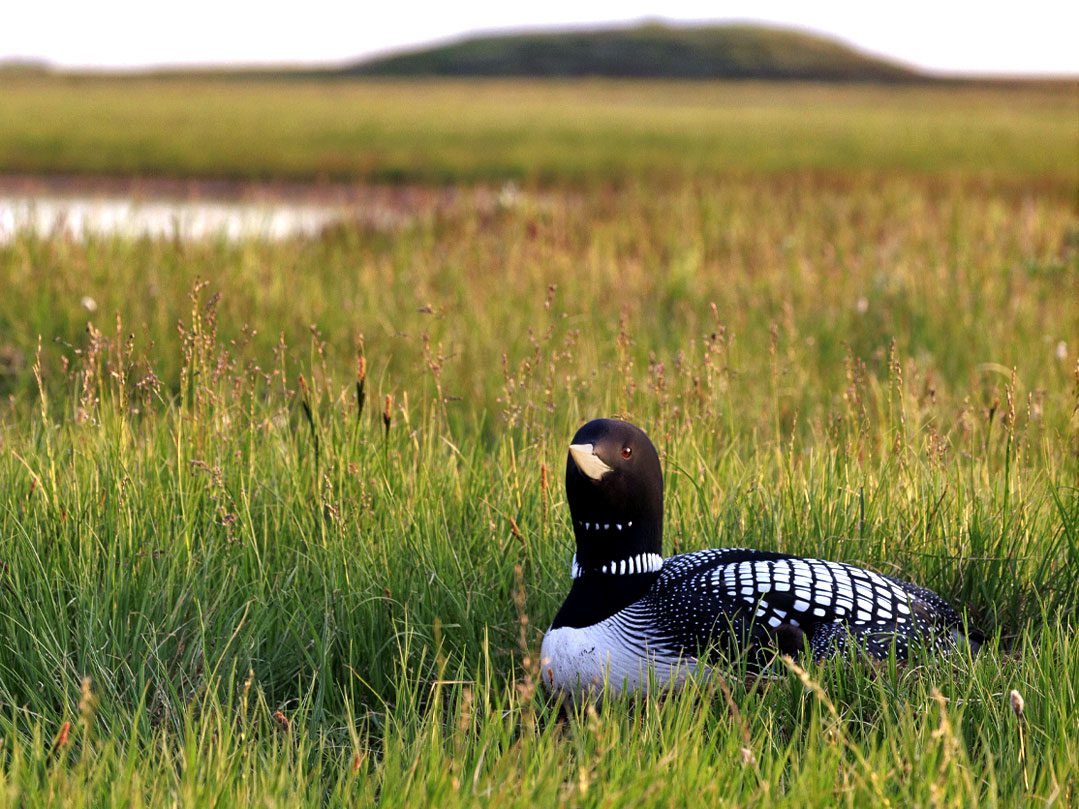 Conservation MediaAmerica’s Imperiled Arctic Wilderness
Conservation MediaAmerica’s Imperiled Arctic Wilderness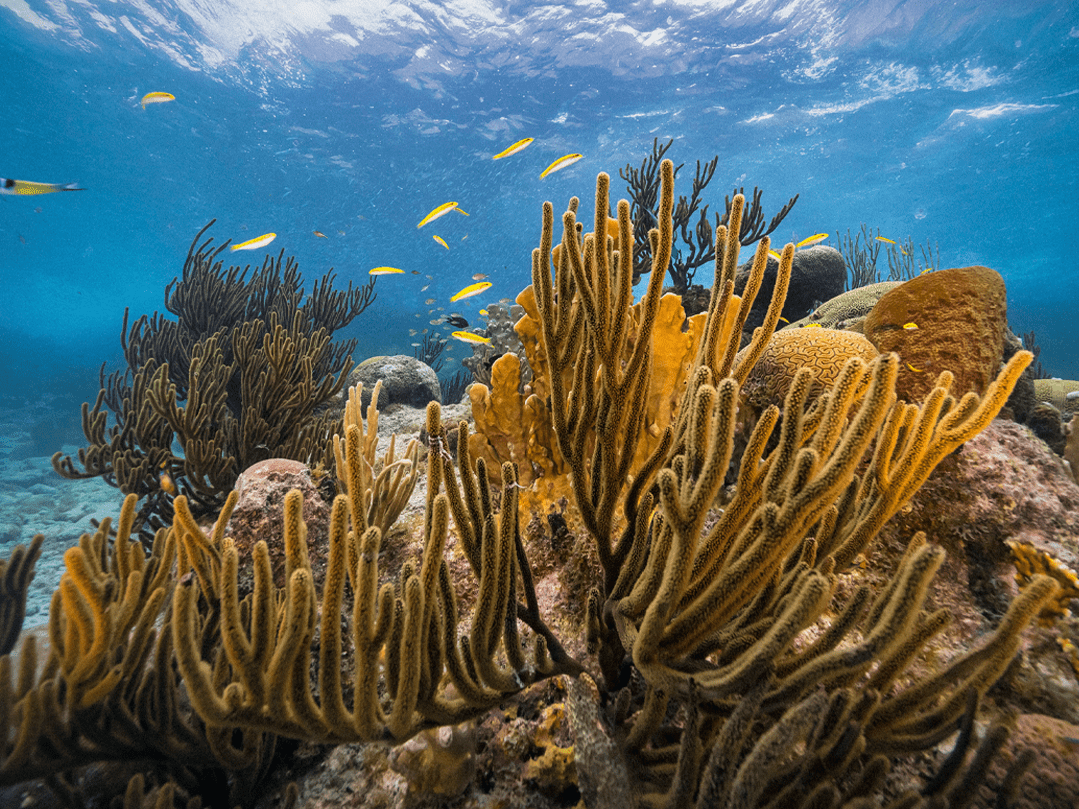 Conservation in ActionIf This Reef Could Talk
Conservation in ActionIf This Reef Could Talk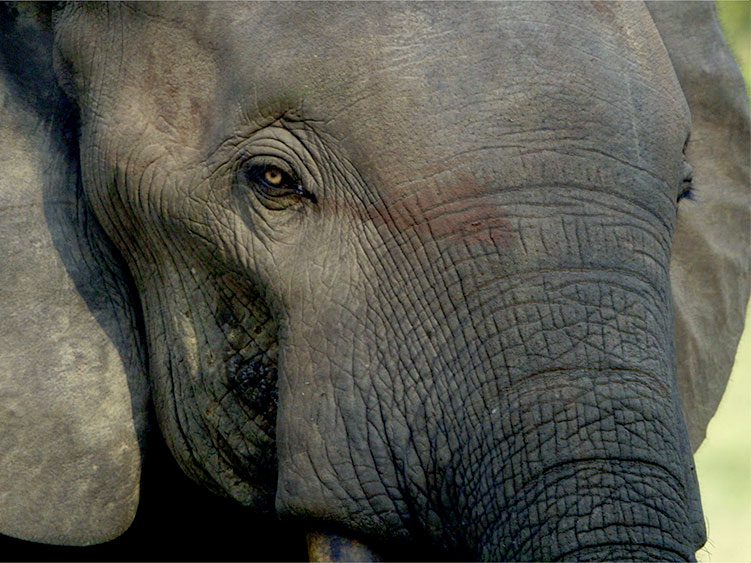 Conservation in ActionHow We Use Sound to Help Protect Elephants from Poaching
Conservation in ActionHow We Use Sound to Help Protect Elephants from Poaching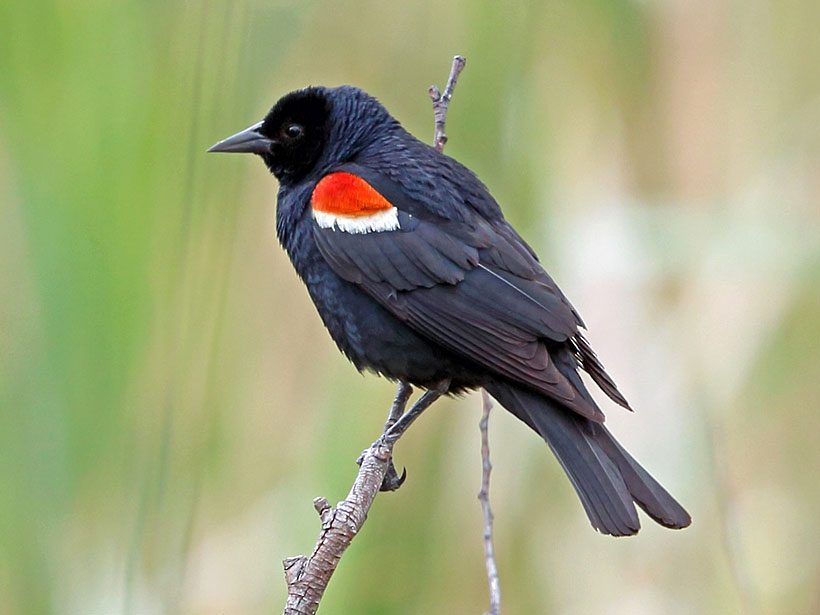 Conservation in ActionCalifornia Protects Tricolored Blackbird After eBird Data Help Show 34% Decline
Conservation in ActionCalifornia Protects Tricolored Blackbird After eBird Data Help Show 34% Decline Conservation in ActionCoastal Solutions: Building a Bold New Community to Address the Shorebird Crisis
Conservation in ActionCoastal Solutions: Building a Bold New Community to Address the Shorebird Crisis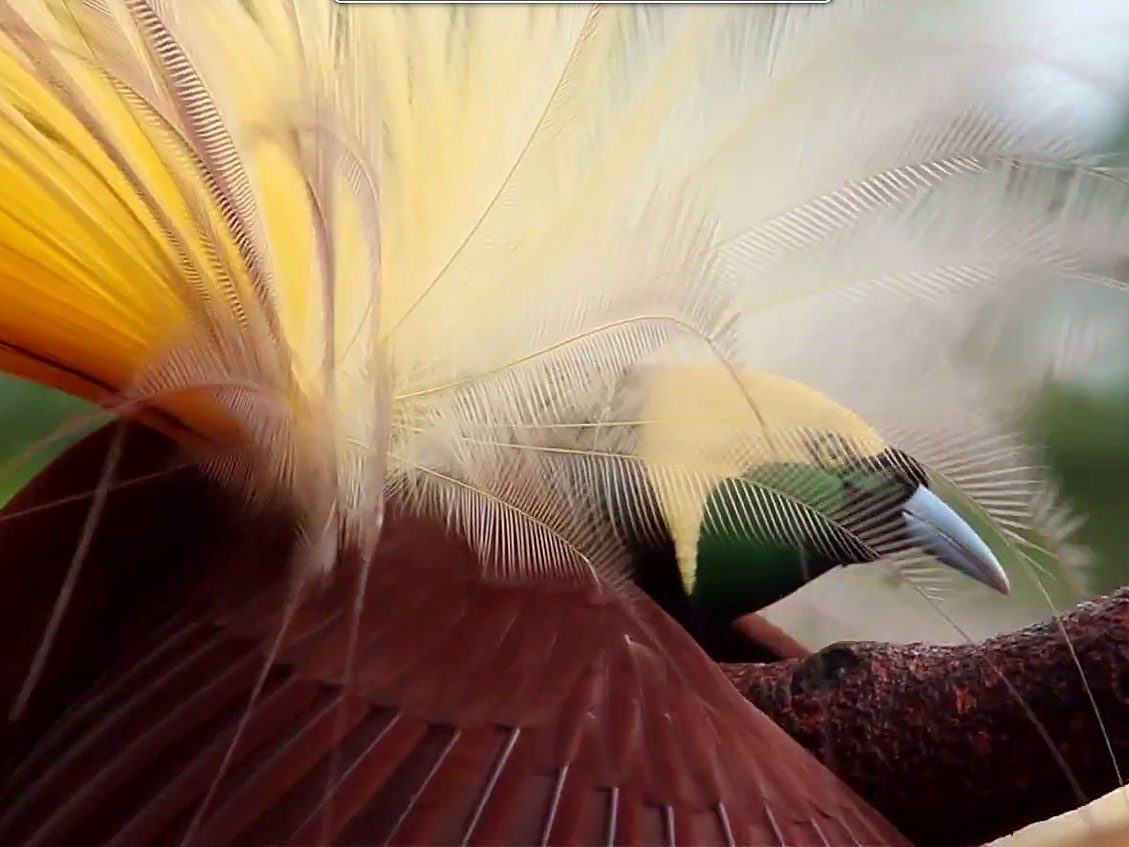 Conservation MediaBirds-of-Paradise Help Inspire Conservation of Forests in West Papua
Conservation MediaBirds-of-Paradise Help Inspire Conservation of Forests in West Papua
Join Our Email List
The Cornell Lab will send you updates about birds, birding, and opportunities to help bird conservation. Sign up for email and don’t miss a thing!
Golden-cheeked Warbler by Bryan Calk/Macaulay Library

